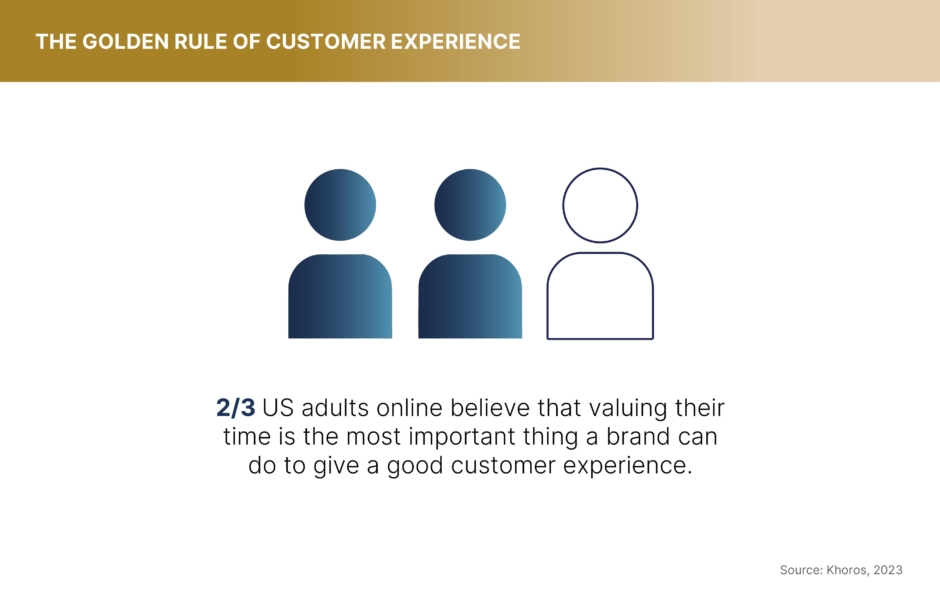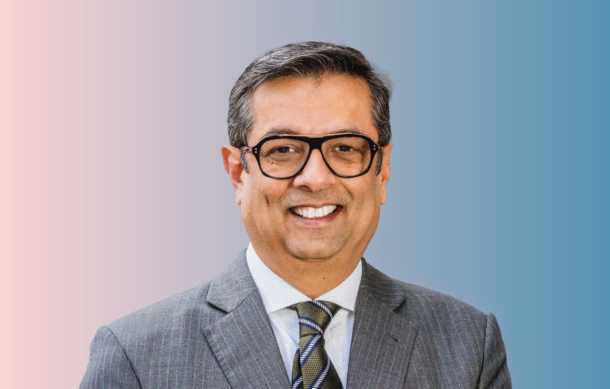A US congress is the place to put your drug on the map, but in the land of ‘the customer is always right’, is it always the home of great customer experience for healthcare professionals?
Words by Isabel O’Brien
Between 2018 and 2022, more than half of new medicines were first launched in the US. This fact, combined with the reality that Americans spend more per capita on healthcare than any other nation, illustrates the pressure on pharmaceutical companies to make US drug launches a success.
“Intense competition demands that companies go above and beyond to create exceptional customer experiences,” confirms Helen Harrison, Client Strategy Director, Kanga Health. “However… in reality many pharma company offerings are very ‘samey’, which provides others with an opportunity to shine.” With the opportunity to differentiate with a unique customer experience offering, how can companies achieve their goals while speaking the language of healthcare professionals?
Early bird catches the worm
While all US pharmaceutical companies invest a great deal of time and resources in congress events, most will know that it’s not easy to persuade a time-poor HCP to attend a congress in the first place.
According to new research from ZS, HCPs in the US are less likely to attend events than those in Europe in four key therapeutic areas. Taking infectious diseases as an example, US HCPs are likely to attend only about two congresses per year. For their European counterparts, this number doubles to more than five. In the midst of this new trend, these companies need to do all they can to reach, convince and reward HCPs for attending these events.
This starts with building interest long before the congress doors open. Robert Tegge, Associate Principal, ZS, speaking on the EMJ GOLD Podcast, reminds the industry that “HCPs really want to engage with pharma companies”. In fact, a whopping 91% of HCPs want to hear from companies before a congress starts, as this communication helps them decide whether to attend and plan their time there.
However, with many companies focusing on the event itself rather than the run-up to it, not all pharma teams are taking advantage of this key touchpoint. “All companies don’t do it as standard as it is not straightforward, and the touchpoints are not all mapped,” explains Harrison. “Challenges such as resource constraints, compliance concerns and a lack of strategic focus can prevent some companies from taking full advantage of this opportunity.”
This is where an educational partner like AMJ, the US arm of EMJ, can help. With expertise in key tactics ranging from resource allocation to overcoming compliance challenges, a partner can take the pain out of pre-congress outreach. In particular, segmentation can be used to target the right HCPs with the right information about the right congress.
However, a key question remains: when is the best time to reach out to potential attendees? According to research by Kanga Health, the best time to send out communications is four to six weeks before the congress starts – when the congress unveils the official agenda. This is the time to strike with presentation dates and details, with the most important information being the educational and professional development value on offer.
Intense competition demands that companies go above and beyond to create exceptional customer experiences
Take pride in your patch
A US congress is a busy place – with various stakeholders vying for the attention of HCPs. According to research by Ashfield Event Experiences, only 2% of HCPs in the US value hospitality at a company’s booth, so it might be worth cutting the coffee and biscuits budget in favour of other priorities.
While US HCPs are most likely to be found at oral presentations, symposia and networking spaces during congress, ZS research shows that the next most popular destination is an industry stand. While stopping by is not a priority for attendees, there’s still an opportunity here, so how can companies make their booth the place to be?
When designing a congress stand, the hundreds of passing HCPs must be able to easily determine whether the content of a booth is relevant to them, states the ZS report. The key to achieving this is to ensure that product information, clinical trial data and pipeline data are front and centre, with interactive elements also worth exploring as a way of attracting visitors.
As well as relying on popular interactive tools like virtual reality, companies can draw in passers by with collaborative research tasks between themselves and attendees. “Engage HCPs in co-creating solutions or innovations during the congress through interactive sessions where they can contribute ideas and feedback on new products or services,” suggests Harrison. This creates a space for potential customers to share their expertise, allowing them to take the reins of the interaction and be treated more like a collaborator than a customer.

Don’t forget to follow up
But the real opportunity to build out the customer experience journey comes after congress. Given that US HCPs are increasingly less likely to attend a congress in the first place, it is crucial to maximise the reach of your activities.
As the Ashfield report states: “Congresses are not single moments in time; they are peaks in a continuum of medical education on which HCPs depend for their development.” Companies have the opportunity to extend the life of their symposia and extract every slither of value from their initial investment, but are they grabbing it with both hands?
“A robust post-congress follow-up strategy, including emails and virtual meetings is essential to maintain momentum and strengthen relationships,” confirms Harrison. “This needs to be personalised to their interests and based on data collected.” She adds that pharma must offer access to exclusive content that is not widely available to truly add value with any post-congress communication.
A follow-up email campaign, similar to a pre-congress campaign, is a popular approach. However, this strategy needs to drive value beyond simply forwarding the slide deck shared at the congress itself. Exclusive content could include a patient case study or even a knowledge quiz on the disease area in question. This is another area where AMJ can help, offering a suite of interactive tools to bring patient case studies and more to life.
Congresses are not single moments in time; they are peaks in a continuum of medical education
Dare to be different
The US will always be a key market for pharma, but as the environment becomes more hostile with looming price controls, companies will need to be more savvy at navigating the congress landscape to ensure their launches are successful, particularly in the aftermath of the event itself.
“Outdated practices include sporadic generic mass emails and the static one-way delivery of content,” emphasises Harrison. “By adopting these emerging strategies and moving away from outdated practices, companies can enhance their post-congress engagement with US HCPs, fostering stronger, more productive relationships.”
Balancing commercial objectives with speaking the language of healthcare professionals isn’t always easy, but it’s easier if you can nail pre- and post-congress strategies that inform, educate and convert potential customers into loyal advocates of your brand and therapy.









